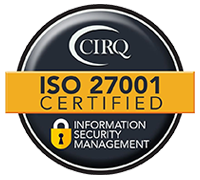The Real Participants’ Motivators
The Real Participants’ Motivators
With learnings from our popular webinar “Consider the Consumer: Creating a Better Member Experience to Increase Qualitative Community Health,” we’re here to challenge the industry to improve participant engagement, elevate the research experience, and enhance data quality. In the first blog of this series, we looked at how to collectively enhance a participant’s experience. Next, we asked our panelists what motivates them to participate in research…
Beyond Financial Gains
While compensation is a primary motivator for individuals to participate in research studies, the benefits extend far beyond financial gain. Participants value the opportunity to contribute meaningfully to product development and innovation, enjoy the interesting and diverse experiences that research offers, and appreciate the credibility and legitimacy of trustworthy research firms. These factors combine to create a positive and engaging research experience that fosters participant pride and satisfaction.
Contributing to Innovation
One compelling reason people participate in research studies is the opportunity to contribute to product development and innovation. Participants truly value the chance to provide feedback that shapes the future of products and services they care about. This sense of contribution is heightened when they see their input reflected in finalized products, reinforcing their pride in contributing to the innovation process.Another participant said: “I enjoy being part of the development process of the things that we’re looking at and testing. I feel like some of the things we all talk about do provide value, and that products may get modified based on our feedback.”
Mix it up
Engaging and diverse experiences are key to maintaining participant interest. Researchers should offer a range of experiences that are interesting and varied, breaking the monotony of daily routines. These experiences can include testing new products and technologies or participating in focus groups and interviews. Each study should present a unique scenario that requires participants to think critically, express their opinions, and interact with new concepts. Such engagements can be intellectually stimulating and enjoyable, making the research process a worthwhile endeavor beyond monetary rewards.
The Importance of Credibility
The credibility and legitimacy of the research firm conducting the study are crucial factors that enhance the participant’s experience and ease their apprehension. Trustworthy research firms ensure that participants feel their contributions are valued and their personal data is handled with care and confidentiality. This trust fosters a positive relationship between participants and research firms, encouraging repeat participation and long-term engagement with research, as well as encouraging word of mouth and referrals to other potential participants.
A participant said: “There are a lot of scammy research platforms where they pay you in points, and I feel like through L&E I was able to figure out what I should be looking out for in other databases.”
Being Part of Something Bigger
Overall, people often wish to experience a broader impact that transcends their immediate benefits. They want to become part of a thriving research community driving forward change and innovation. This collective effort benefits participants’ morale and contributes to real societal advancements. The knowledge that their participation helps improve products and services for the wider public instills a sense of altruism and communal responsibility, encouraging participants to return to chase that feeling.
So, while compensation remains a primary motivator, the full spectrum of benefits includes the opportunity to contribute to product development, the enjoyment of diverse and engaging experiences, and the credibility associated with reputable research firms. Involvement in research is not just about earning money; it’s about making a meaningful impact and being part of something larger than oneself. By recognizing and enhancing these aspects, we can ensure a positive and engaging research experience that fosters participant pride and satisfaction, ultimately leading to better data quality and more impactful research outcomes.
















